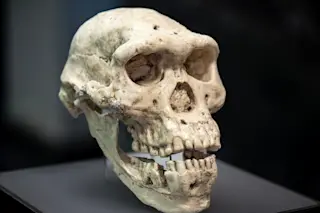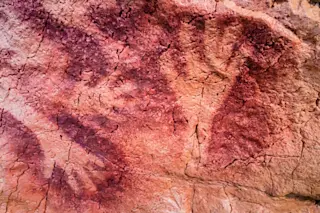A Cape Coloured family
I've mentioned the Cape Coloureds of South Africa on this weblog before. Culturally they're Afrikaans in language and Dutch Reformed in religion (the possibly related Cape Malay group is Muslim, though also Afrikaans speaking traditionally). But racially they're a very diverse lot. In this way they can be analogized to black Americans, who are about ~75% West African and ~25% Northern European, with the variance in ancestral proportions being such that ~10% are ~50% or more European in ancestry. The Cape Coloureds though are much more complex. Some of their ancestry is almost certainly Bantu African. This element is related to the West African affinities of black Americans. And, they have a Northern European element, which likely came in via the Dutch, German, and Huguenot settlers (mostly males). But the Cape Coloureds also have other contributions to their genetic heritage. Firstly, they have Khoisan ancestry, whether ...













